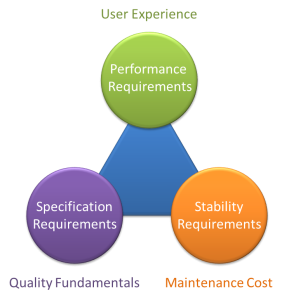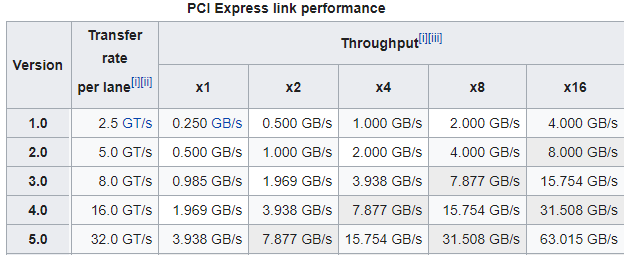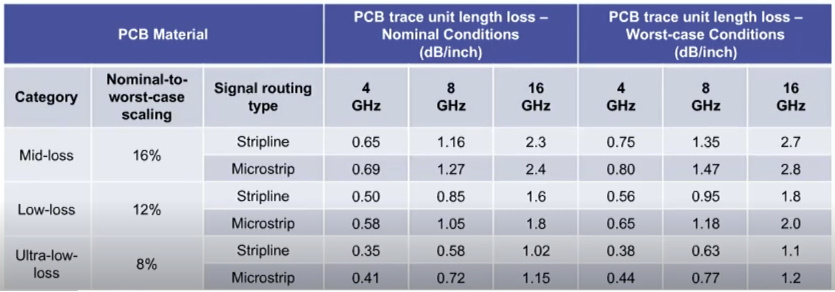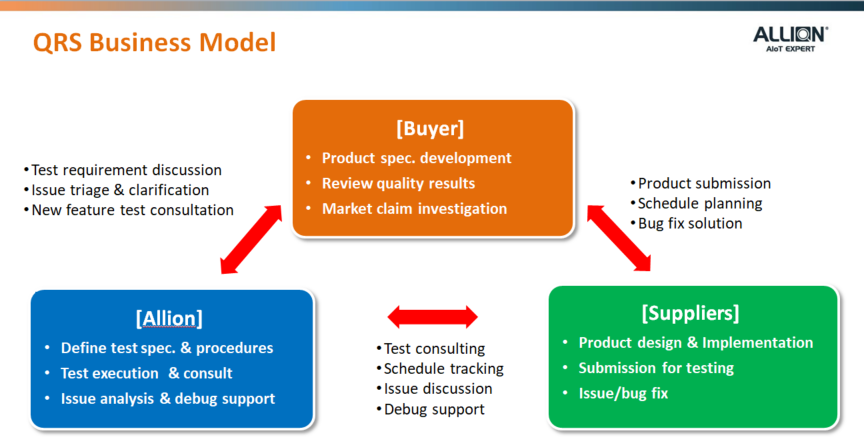Allion Labs | James Ou
In the previous article, we discussed the three quality requirements for server procurement—performance requirements, specification requirements, and stability requirements. These requirements each correspond to user experience, quality fundamentals, and maintenance costs respectively.

We will first discuss specification requirements from the perspective of application services. For instance, a consumer enjoying 4K UHD streaming needs a network speed of around 20 Mbps[1] (depending on the media compression technology of each OTT service provider), which means the server-side must provide 2.5MB/s of bandwidth to serve each consumer.
When servers are connected through a JOBD PCIe 4.0 port, the data throughput of each port is 31.51GBs (x16), which can serve approximately 12,600 customers at once. But when the JOBD interface uses PCIe 5.0, data throughput is doubled to 63.02GBs (x16), where 25,200 customers can be served at once. Therefore, the selection of PCIe 5.0-compliant servers can greatly reduce the number of overall server deployments, greatly reducing procurement costs and subsequent power and maintenance costs.

The PCIe specification used by the server can be upgraded from 4.0 to 5.0. Although an upgrade can effectively increase the number of customers serviced while reducing the total procurement cost, quality confirmation upon acceptance will be a key part of the procurement process. The high-speed signal increased from 16GT/s to 32GT/s, which would cause design and signal quality validation challenges.
In order to meet the signal quality requirements of PCIe 5.0, the design must consider the following:
- Whether high-frequency PCB materials should be used
- The use of redriver IC due to long signal trace
- The high-frequency cable and connector used in connecting to the adapter must be reliable and conform to requirements
If the signal quality is subpar, the server speed will not match that of PCIe Gen 5, and the server would not perform at the level required by specifications. This can lead to a decrease in serviced customers, service delay, or service failure, all of which produce a negative user experience.

In signal quality validation, basic test items include the transmitter eye diagram test and receiver bit error rate test, conducted with an oscilloscope with a bandwidth of 50 GHz and 32 Gbps bit error rate tester (BERT). In addition, developing test fixtures is also another challenge. Most test labs do not have the design and development capabilities nor do they have the necessary equipment and fixtures. As a professional server test lab, Allion is one of the few labs with the equipment and high-frequency fixtures to validate PCIe Gen 5 products, having developed fixtures for all PCIe Gen 5 form factors, including CEM, M.2, U.2/U.3, EDSFF E1/E3 and OCP NIC 3.0. We realized that the other fixtures on the market have design and durability issues, so in response, we designed a new fixture with a stronger connector along with a cable integration module to reduce wear on both the DUT and fixture while ensuring precise, high-quality testing.

In order to shorten the time spent on procurement acceptance testing, Allion has also developed a unique, automated test solution for PCIe Gen 5. It uses high-frequency hardware with a bandwidth of up to 40 GHz, while equipped with various fixtures for different form factors and automated software. Our backward-compatible software can conduct PCIe Gen 1-Gen 4 tests all at once with a single x16 slot, successfully shortening test time from 5 days to 1 day. This means 5 times the test efficiency while maintaining test consistency while avoiding human errors.
Take the next step
Experienced in specification requirement testing and the development of automated solutions, Allion can assist server, cloud, and other service providers to complete quality requirement standards (QRS), request for proposal (RFP) consultation services, or other technical consulting services.

If you have server related testing needs, feel free to contact Allion by filling out a contact form or writing us an email.
[1] varies depending on the media compression technology of each OTT service provider

































